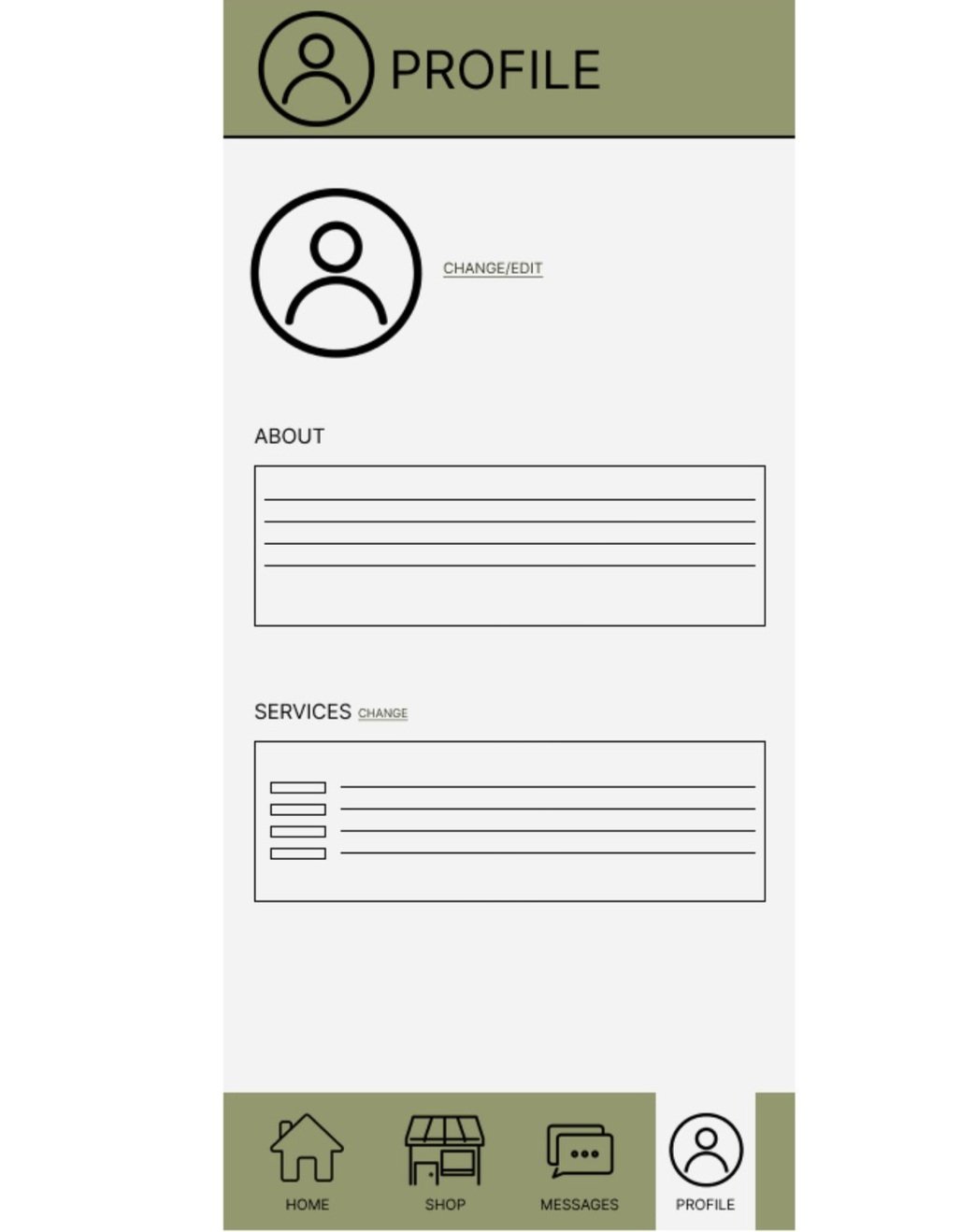Farm to Fork
Context
Options for food waste recovery are limited for inner-city restaurants. Without access to soil, it is difficult for them to implement renewable practices such as compost.
Approach
This project is divided up into two parts. The first part is a compost bin, and the second part is an app. Each of these pieces are important for designing a circular system.
Interviews
Sleepy Bee Cafe
Sleepy Bee works with local farms to get their produce and reduce their carbon footprint. They have multiple locations and prioritize implementing sustainable practices.
An inner-city location is good for business, however, there is no place to compost in city areas, so staff sometimes take compost home.
Farmer
Compost is a great way to keep the soil rich. Since fertilizer can be expensive, farmers will use all the compost they can get as long as it continues to reduce the amount of fertilizer they have to buy.
Having a relationship with a local restaurant would be beneficial for both parties.
Design Goals
Design Scope
Food Production
Commercial farming has attributed to 30% of arable land to be lost, while simultaneously consuming 70% of easily accessible freshwater.
Resource & Waste Recovery
Food waste contributes to approximately 8-10% of global greenhouse gas emissions. Additionally, an estimated 4-10% of food acquired by restaurants is lost prior to reaching the consumer.
02 App
Communication
Highlights Needs
Ease of Use
01 Compost Bin
Transportable
Stackable
Durable
01 Compost Bin
Ideation
The design goals of this compost bin are focused on three main aspects: stackability, transportability, and durability. In order to meet these goals, the ideation centered around form and usability.
Compost Bin Ideation Sketches
Concepts
This design had to be relatively simple and inexpensive, but still provide good usability for transportation. With this in mind, these three concepts were developed:
01 Pull-Tab Concept
02 Flip Up Lid Concept
03 Sealing Concept
Prototype Learnings
Handles
This shows when the handles are within their inset space.
Final Concepts
Functionality
This image shows the handle is in use. This feature makes it easy to take the air-sealed lid off.
Stackability
Since the handles are inset, it is difficult to stack these two bins.
Handle Refinement
Inset handles stay out of the way for convenience when transporting, however, it could be slightly difficult to grab.
Stack Refinement
Since the compost bin would not stack because of the inset handles, the design was adjusted to account for that space.
Final
This compost bin was designed to fit into a circular system with a focus on durability, transportability, and stackability.
02 APP
UX/UI Sketches
The design goals of this app are focused on three main aspects: communication facilitation, highlighting needs, and ease of use. In line with these objectives, the main navigation features a dashboard, messages, profile, and search options.
Wireframe
App Renderings
Ensuring user-friendly operation was the main focus to meet the goals of the app. Distinguishing between the restaurant and farm, indicated by green and yellow interfaces, this app allows users to cater their experience to meet their needs. Common icons have been utilized throughout the design to enable users to effortlessly complete their desired tasks.
Final App Design
Storyboard
This system was designed based on the needs expressed during the interviews conducted with a restaurant owner and a farmer. By reducing food waste emissions and deviating away from commercial farming practices, it also reduces transportation emissions, which contributes to environmental sustainability.









































